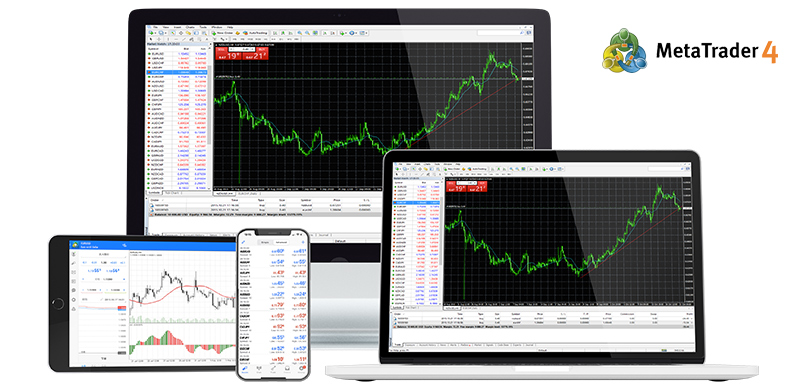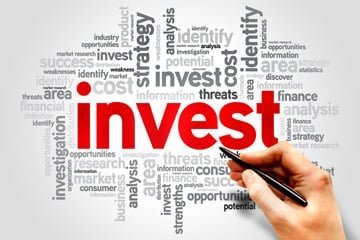
If you are wondering how to verify your card for Apple Pay, then you are not alone. This tutorial will help you to follow the steps necessary to add a card for Apple Pay. After adding a card, be sure to verify the number in the Wallet app and then tap the "Apply” button. Now you can use Apple Pay to purchase! You should read the rest of this article before you proceed to verify your Apple Pay card.
Apple Pay: Add a card
Before you can add a credit card to Apple Pay, you have to first link your debit card to your device. Many errors will occur if you haven’t yet linked your card. In certain cases, you might want to unlink your card first from your iCloud bill methods. After that, follow the prompts on screen to add a new card. If you are unable to follow these steps, try disabling the card and resetting the device.

You can also add your credit card by scanning the barcode with your iPhone. This can easily be done by visiting a company’s website and signing up with your Apple ID. Next, scan the QR code on your card with a scanner or email. You may need to do additional work depending on the card to get it on your iPhone. If the scan doesn't work, try using AirDrop to add your card.
You can use Apple Pay for the first time if you don't know how to do it. Follow these steps. After you have set up Apple Pay you can add cards to your iPhone or Apple Watch. After you have added your card, it is possible to use the card at retail locations. Make sure that you have your Apple Watch paired with your iPhone to complete the payment process. You'll be able to take your Apple Watch with you wherever you go.
Adding a card into the Wallet app
It is very easy to add a credit card to the Wallet program. It depends on the card issuer if you need to provide additional information before you can use it. Apple Pay is now possible after you have verified your credit card. The first step is to open the Wallet settings on your device. Select Wallet & Apple Pay from the Settings menu. Follow the instructions on screen to add a new card. If your card does not appear on the list, please contact your issuer to ask them to remove it.
You can also add your cards and sign in using the Apple Watch. You should ensure that security features are enabled. If you do not have the security feature turned on, you will need to enter your code. Apple Pay can only use your card if you have the security code. Once your card is verified, Apple Pay will prompt you to accept the terms. You should still be able use your card if it has been previously added to the Wallet app.

To manage Apple Pay, open the Settings app. Tap "Wallet" and "Apple Pay", then "Cards". You'll see a list of cards you've added to the Wallet. You can tap on a card and view the details as well as contact information for that bank. Some cards will display a list with recent transactions. Do not hesitate to contact your issuer for more information about security.
FAQ
What is the time it takes to become financially independent
It depends on many factors. Some people are financially independent in a matter of days. Some people take years to achieve that goal. But no matter how long it takes, there is always a point where you can say, "I am financially free."
The key to achieving your goal is to continue working toward it every day.
Do I need to diversify my portfolio or not?
Many believe diversification is key to success in investing.
Many financial advisors will recommend that you spread your risk across various asset classes to ensure that no one security is too weak.
However, this approach does not always work. In fact, it's quite possible to lose more money by spreading your bets around.
For example, imagine you have $10,000 invested in three different asset classes: one in stocks, another in commodities, and the last in bonds.
Imagine that the market crashes sharply and that each asset's value drops by 50%.
You still have $3,000. But if you had kept everything in one place, you would only have $1,750 left.
So, in reality, you could lose twice as much money as if you had just put all your eggs into one basket!
Keep things simple. Don't take more risks than your body can handle.
How can you manage your risk?
Risk management means being aware of the potential losses associated with investing.
An example: A company could go bankrupt and plunge its stock market price.
Or, an economy in a country could collapse, which would cause its currency's value to plummet.
You could lose all your money if you invest in stocks
This is why stocks have greater risks than bonds.
One way to reduce your risk is by buying both stocks and bonds.
You increase the likelihood of making money out of both assets.
Spreading your investments over multiple asset classes is another way to reduce risk.
Each class is different and has its own risks and rewards.
Bonds, on the other hand, are safer than stocks.
If you are looking for wealth building through stocks, it might be worth considering investing in growth companies.
If you are interested in saving for retirement, you might want to focus on income-producing securities like bonds.
What type of investment has the highest return?
It is not as simple as you think. It all depends on how risky you are willing to take. You can imagine that if you invested $1000 today, and expected a 10% annual rate, then $1100 would be available after one year. If you were to invest $100,000 today but expect a 20% annual yield (which is risky), you would get $200,000 after five year.
The return on investment is generally higher than the risk.
The safest investment is to make low-risk investments such CDs or bank accounts.
However, it will probably result in lower returns.
However, high-risk investments may lead to significant gains.
You could make a profit of 100% by investing all your savings in stocks. But, losing all your savings could result in the stock market plummeting.
Which is better?
It all depends upon your goals.
For example, if you plan to retire in 30 years and need to save up for retirement, it makes sense to put away some money now so you don't run out of money later.
But if you're looking to build wealth over time, it might make more sense to invest in high-risk investments because they can help you reach your long-term goals faster.
Keep in mind that higher potential rewards are often associated with riskier investments.
There is no guarantee that you will achieve those rewards.
Should I buy real estate?
Real Estate Investments can help you generate passive income. They do require significant upfront capital.
Real Estate might not be the best option if you're looking for quick returns.
Instead, consider putting your money into dividend-paying stocks. These stocks pay you monthly dividends which can be reinvested for additional earnings.
Statistics
- Over time, the index has returned about 10 percent annually. (bankrate.com)
- Most banks offer CDs at a return of less than 2% per year, which is not even enough to keep up with inflation. (ruleoneinvesting.com)
- Some traders typically risk 2-5% of their capital based on any particular trade. (investopedia.com)
- 0.25% management fee $0 $500 Free career counseling plus loan discounts with a qualifying deposit Up to 1 year of free management with a qualifying deposit Get a $50 customer bonus when you fund your first taxable Investment Account (nerdwallet.com)
External Links
How To
How to invest into commodities
Investing in commodities means buying physical assets such as oil fields, mines, or plantations and then selling them at higher prices. This is known as commodity trading.
Commodity investing is based on the theory that the price of a certain asset increases when demand for that asset increases. When demand for a product decreases, the price usually falls.
You will buy something if you think it will go up in price. You don't want to sell anything if the market falls.
There are three major types of commodity investors: hedgers, speculators and arbitrageurs.
A speculator buys a commodity because he thinks the price will go up. He doesn't care whether the price falls. Someone who has gold bullion would be an example. Or someone who is an investor in oil futures.
An investor who buys commodities because he believes they will fall in price is a "hedger." Hedging allows you to hedge against any unexpected price changes. If you have shares in a company that produces widgets and the price drops, you may want to hedge your position with shorting (selling) certain shares. That means you borrow shares from another person and replace them with yours, hoping the price will drop enough to make up the difference. When the stock is already falling, shorting shares works well.
The third type of investor is an "arbitrager." Arbitragers are people who trade one thing to get the other. For example, you could purchase coffee beans directly from farmers. Or you could invest in futures. Futures allow the possibility to sell coffee beans later for a fixed price. Although you are not required to use the coffee beans in any way, you have the option to sell them or keep them.
You can buy something now without spending more than you would later. So, if you know you'll want to buy something in the future, it's better to buy it now rather than wait until later.
Any type of investing comes with risks. There is a risk that commodity prices will fall unexpectedly. Another risk is that your investment value could decrease over time. These risks can be minimized by diversifying your portfolio and including different types of investments.
Taxes are also important. You must calculate how much tax you will owe on your profits if you intend to sell your investments.
Capital gains taxes should be considered if your investments are held for longer than one year. Capital gains taxes apply only to profits made after you've held an investment for more than 12 months.
You might get ordinary income instead of capital gain if your investment plans are not to be sustained for a long time. On earnings you earn each fiscal year, ordinary income tax applies.
In the first few year of investing in commodities, you will often lose money. However, you can still make money when your portfolio grows.